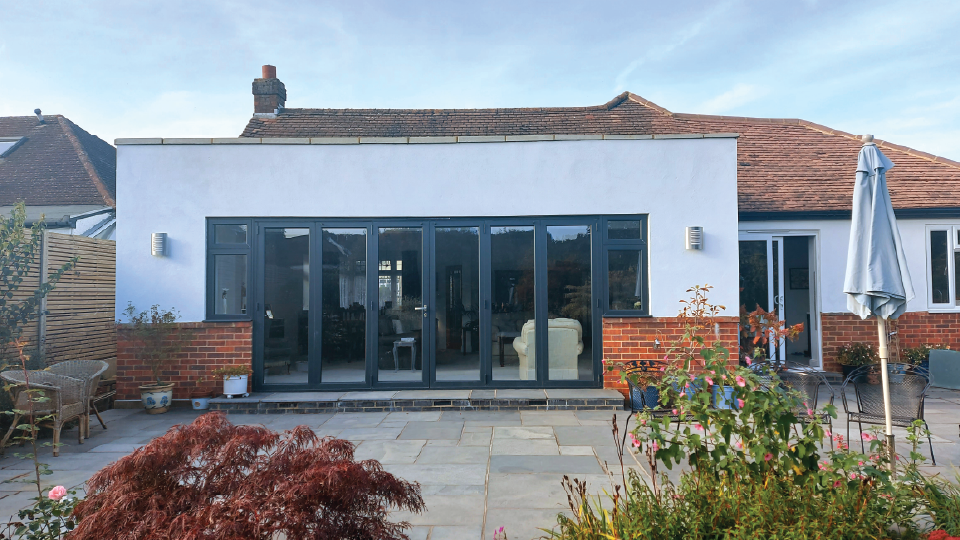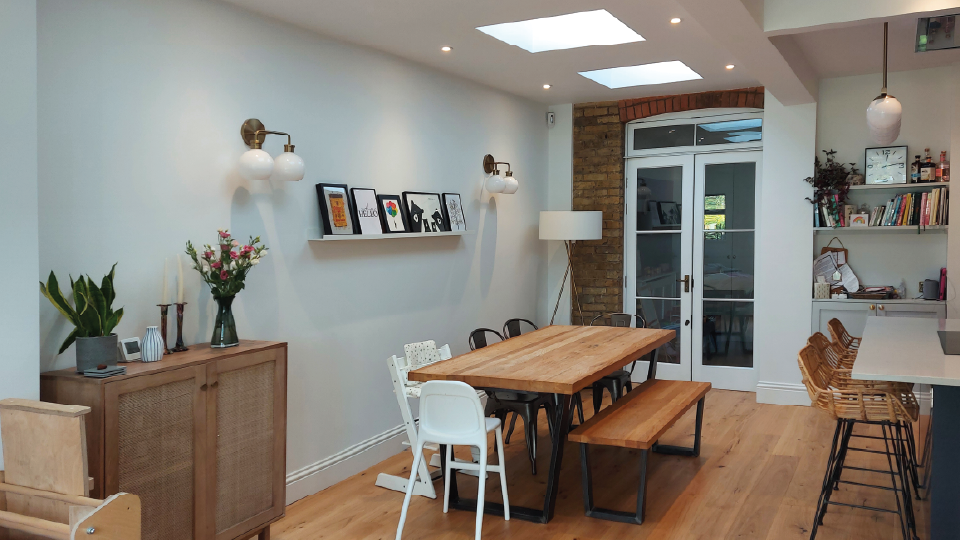What Is Modernist Architecture?
Let’s start by admitting the name is misleading. The term ‘Modernist’ architecture might not sound particularly modern to many people. Just as iconic modernist paintings include Pablo Picasso’s Guernica (1937) and great modernist novels include James Joyce’s Ulysses (1922), so-called ‘Modernist’ architecture actually emerged almost 100 years ago.
Pioneers of the movement included Walter Gropius (German, 1883-1969) and Le Corbusier (Swiss-French, 1887-1965).
Modernist architecture gained mass popularity after World War Two, being embraced in the UK to meet fundamental social needs such as housing.
Put quite so simply, modernist architecture might sound soulless or even nightmarish. (Is anyone else picturing Fritz Lang’s dystopian film Metropolis (1927) right now? Maybe Charlie Chaplin’s Modern Times (1936)? Stanley Kubrick’s terrifying 1971 classic A Clockwork Orange)? Modernist architects have certainly been criticised at times, and perhaps rightly so, but let’s quickly redress the balance. Modernist architecture provided affordable housing to huge numbers of people in the UK, particularly through the mid-to-late 20th century, and many modernist buildings (or buildings heavily influenced by modernism) are quite simply beautiful. Take a look at the clean, straight lines of The Getty Center (Los Angeles, California: Richard Meier & Partners Architects LLP) or the awesome white spiral effect of the Solomon R. Guggenheim Museum (New York), designed by modernist icon Frank Lloyd Wright (American, 1867-1959).
Now we know the best and worst of modernist architecture, the best elements continue to thrive, even on the kind of small-scale residential projects you might be considering. After all, ornamentation can be lovely, but do you really need your home extension to have the look (and cost!) of an ornate cathedral? When space is limited, minimalist simplicity and efficiency, marrying form with function, is often the best way forward.
So what did the modernists believe? Put simply, modernist architects felt buildings should be far less ornamental than had previously been the norm and should be almost machine-like in their functionality. After all, we had moved through the Industrial Revolution and into the era of the car. Machines were everywhere, so why not live in a machine?
Modernist Architects and their Buildings:
Eero Saarinen and the Barcelona Pavilion
Eero Saarinen, a prominent modern architect, made significant contributions to the modernist movement. His designs embraced the principles of modernist architecture, particularly the idea of form following function. One of the most notable examples of modernist architecture is the Barcelona Pavilion, designed by Ludwig Mies van der Rohe. The pavilion is a masterpiece of modernist style, showcasing clean lines, open spaces, and a harmonious integration of interior and exterior elements.
Frank Lloyd Wright and the Guggenheim Museum
Frank Lloyd Wright, an influential modern architect, left an indelible mark on modernist architecture with his innovative designs. One of his most iconic works is the Solomon R. Guggenheim Museum in New York City. The museum exemplifies Wright’s unique approach to modern architecture, featuring a spiralling ramp that seamlessly connects the different exhibition levels. The Guggenheim Museum stands as a testament to Wright’s ability to merge artistic vision with functional design.
Walter Gropius and the Bauhaus School
Walter Gropius, the founder of the Bauhaus School, played a significant role in shaping modernist architecture. The Bauhaus School, established in Germany, became a hub for modernist ideas and experimentation. Gropius’s vision for the school emphasised the integration of art, craftsmanship, and technology in architectural design. The principles and teachings of the Bauhaus School influenced countless modern architects and continue to resonate in contemporary architectural practices.
Here at Greenway Associates we have over 23 years’ experience, and work hard to keep abreast with the best in design technology and planning policy. Whatever you are looking for, please get in touch for more advice at Greenway Associates or call us on 01737 652 737.
RECENT PROJECTS
At Greenway Associates, we have completed over 2,000 architectural design projects





